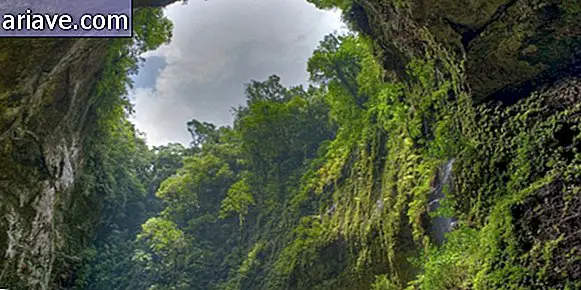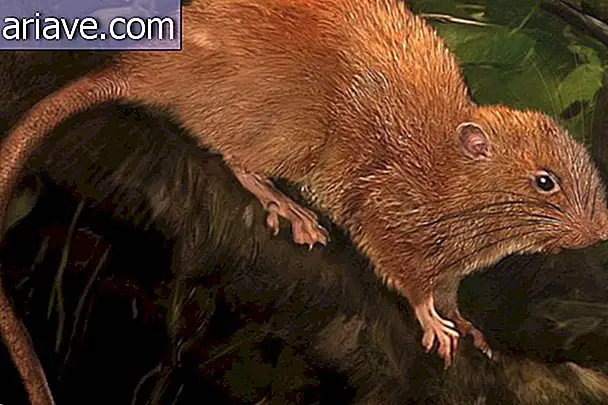Scientists believe they have unraveled yet another mystery about Stonehenge
Stonehenge is among the most illustrious and fascinating prehistoric monuments in the world - and among the most studied as well. After all, although the structure has about 5, 000 years of existence, researchers still break their heads to try to explain its origin and purpose.
According to Fiona MacDonald of Science Alert, scientists at University College London in England believe they have unraveled yet another mystery about Stonehenge. As we explained in a previous article here from Mega Curioso - which you can check through this link - studies have shown that the monument was built over approximately 1, 500 years.
What do we know
Surveys conducted in the area indicated that the ditch surrounding Stonehenge was dug around the year 3000 BC, and the stones that form the complex were brought to the site about 500 years later. The organization and layout of the blocks, as well as additional excavations, continued for another thousand years.

In addition, analysis conducted on the larger blocks (weighing between 25 and 30 tons) revealed that they may have come from a location just over 30 kilometers from Stonehenge. On the other hand, geological studies have suggested that smaller stones (weighing around 4 tonnes) may have come from much further - possibly from the Preseli Mountains in Wales, about 250 kilometers away from Stonehenge.
New information
According to Fiona, the London researchers finally identified where the smaller blocks were extracted from. The team - made up of archaeological geologists - found a series of cuts in rocky outcrops known as Carn Menyn and Craig Rhos-y-felin that perfectly match the shape and composition of the Stonehenge stones.

In addition, scientists have found rocks on the site that appear to have been left behind by the monument's former builders and are similar to those in Stonehenge. They also identified a sort of loading point from where the blocks are likely to have departed for Wiltshire - which is where the structure is located.

However, what most intrigued the researchers is the time when all this activity took place in Wales. The radiocarbon dating of charcoal and burnt nuts left by the former builders pointed out that they were in place long before Stonehenge was built. According to their analysis, workers began to extract the rocks from Craig Rhos-y-felin around 3, 400 BC, and from Carn Menyn, about 3, 200 BC.

The monument, in turn, did not begin to be built until around 3, 000 BC, and scientists do not believe it would take nearly 500 years for ancient builders to transport the rocks from Wales to England. By the way, this is where things get interesting.
Recycled monument?
According to Fiona, the researchers believe that, in fact, the rocks that were used in the construction of Stonehenge belonged to another monument, built in Wales, near where the stones came from. This structure is supposed to have been dismantled and transported to Wiltshire, and the discoveries scientists have even made offer evidence of how the blocks were obtained.

The researchers theorize that, first, to extract the rocks from the outcrops, it would be enough for workers to insert pieces of wood into the cracks between the blocks and wait for rainwater to make the wood “swell” and force them out. Then the pillars were placed on platforms made of earth and stone and from there carried by animals and people through a wooden rail system.
Scientists should continue to excavate the Welsh sites for the primary monument that gave rise to Stonehenge, but they are convinced that the structure was “born” in Wales. The team believes it is about to find out the exact location - somewhere between Carn Menyn and Craig Rhos-y-felin - and that when it can find it, it will probably be possible to unravel the mystery about who the builders were and why. the structure has been created.
Do you have any theory about who the builders of Stonehenge were and what their real role was? Comment on the Mega Curious Forum











